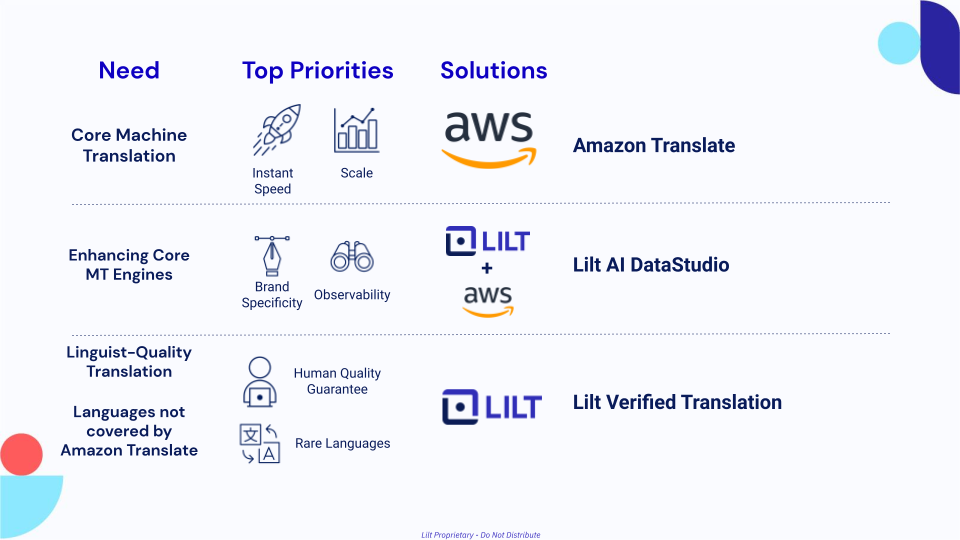How AI is Breaking Down Language Barriers in Weather Service

The inaccessibility of weather alerts has had severe consequences. Single-language federal, state, and local alerting systems have resulted in greater risk to non-English speakers during hazardous weather conditions. For example, a 2020 study found that emergency warnings during California's Thomas Fire in 2017 were initially only available in English, resulting in hundreds of Latino/a residents unaware of life-saving information and evacuations.
Unfortunately, these incidents aren’t uncommon. Language barriers to worldwide weather warnings alerts have resulted in non-English speakers missing evacuations, sustaining severe injuries, or worse. Without translations for emergency alerts, non-English speakers face a life-threatening disadvantage and don’t have access to important information, such as flood warnings, evacuation routes, and unsafe air notices, during extreme weather events.
"If there's a translation error in a translated weather report, and somebody takes the wrong action based on that missed translation, then somebody could get hurt or even killed because of that," Phil Stiefel, Solutions Lead at Lilt, told Axios.
However, public sector organizations, such as the National Weather Service, are partnering with Lilt to close the language accessibility gap with innovative translation technologies. Tools such as Translation Memories (TM) and Artificial Intelligence (AI) can aid and service real-time translations to send out emergency alerts faster and with more accuracy.
According to Axios:
“By incorporating a mix of software and human translators, the Lilt platform learns from linguists in real time using a neural network, or a computer system modeled loosely on the brain — which continues to learn and improve with as more data is fed into the system.
• The team behind Lilt, which earlier this year raised a $55 million Series C, markets its speed of translation at the rate of at least three times the speed of other translation services, while also picking up slang and regional dialects.
• The software gets used by human forecasters at the NWS forecasting office, with the AI engine suggesting translation for the translators to work with, while actively storing all of their input.”
"From these [AI pilot] projects [with Lilt], we hope to learn the feasibility of applying automation to gain efficiency with translation turnaround times while reducing the burden of translation on our personnel, especially during critical hazardous weather events," Monica Bozeman, the Automated Language Translation Lead at the NWS Office of Central Processing, shares with Axios.
Looking ahead, Lilt’s advanced technology and strategic partnership with NWS will make a remarkable impact on weather alerting systems by translating content into new languages that NWS has never supported before. AI and automated translations will be key to addressing language inaccessibility and transforming how life-saving decisions are shared during extreme weather events.


%20(6).png)